Optimal Seasons for Concrete Installations
Concrete installations are most effectively completed during specific periods that optimize curing and durability. The ideal time depends on climate conditions, temperature, and humidity levels, which influence the setting process and long-term performance.
Spring and fall typically provide moderate temperatures and humidity, making them suitable for concrete work. These seasons reduce the risk of rapid drying or freezing that can compromise the integrity of the installation.
Concrete curing is sensitive to temperature fluctuations. The ideal range is between 50°F and 85°F. Outside this range, additional measures like heating or cooling may be necessary to ensure proper setting.
Rain, extreme heat, or cold can delay or affect concrete curing. Dry, mild days with low wind are preferred to prevent cracking and ensure uniform curing.
Scheduling concrete installations during favorable weather windows helps avoid delays. Monitoring weather forecasts is essential for choosing the best time.
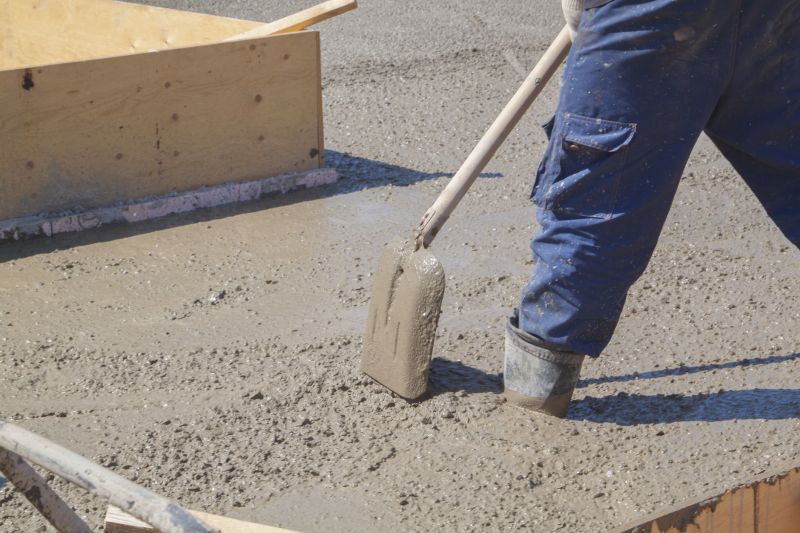
A crew pouring concrete during mild spring weather ensures optimal curing conditions.
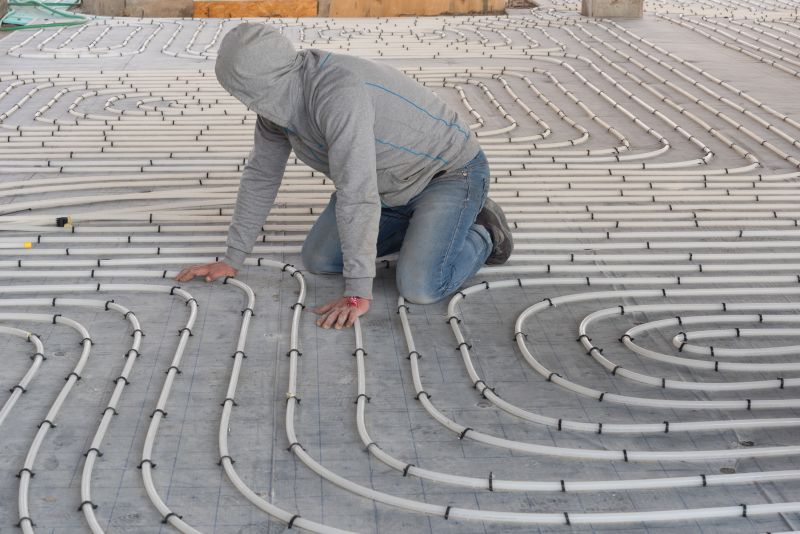
Using heating blankets to maintain temperature during cold weather installations.

Clear, dry days with moderate temperatures are best for concrete work.
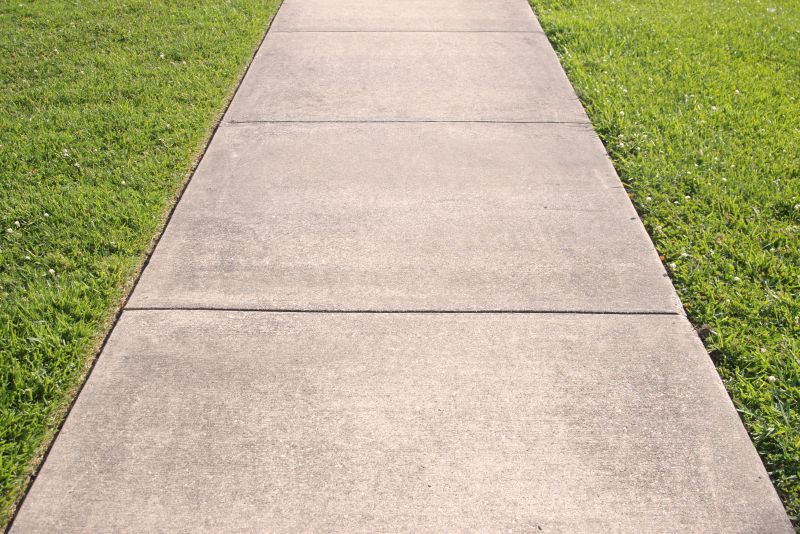
Ways to make Concrete Installations work in tight or awkward layouts.
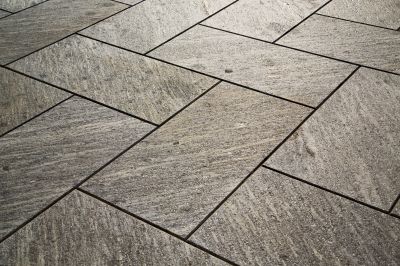
Popular materials for Concrete Installations and why they hold up over time.
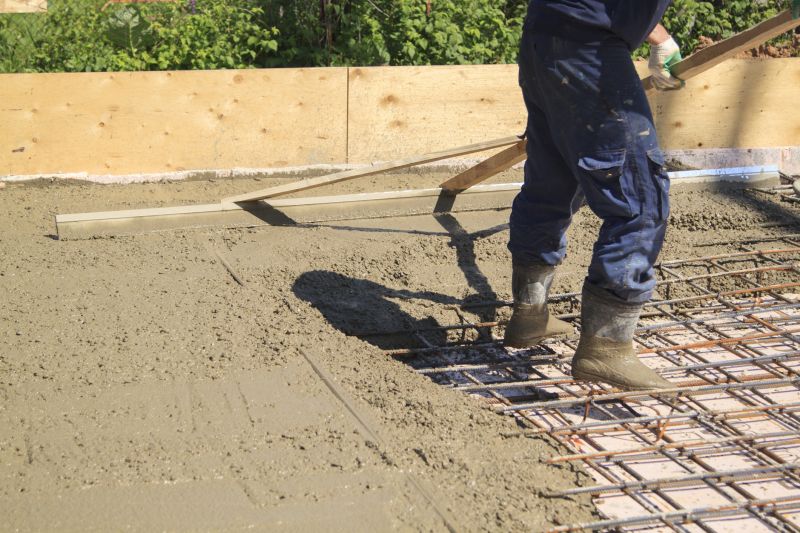
Simple add-ons that improve Concrete Installations without blowing the budget.
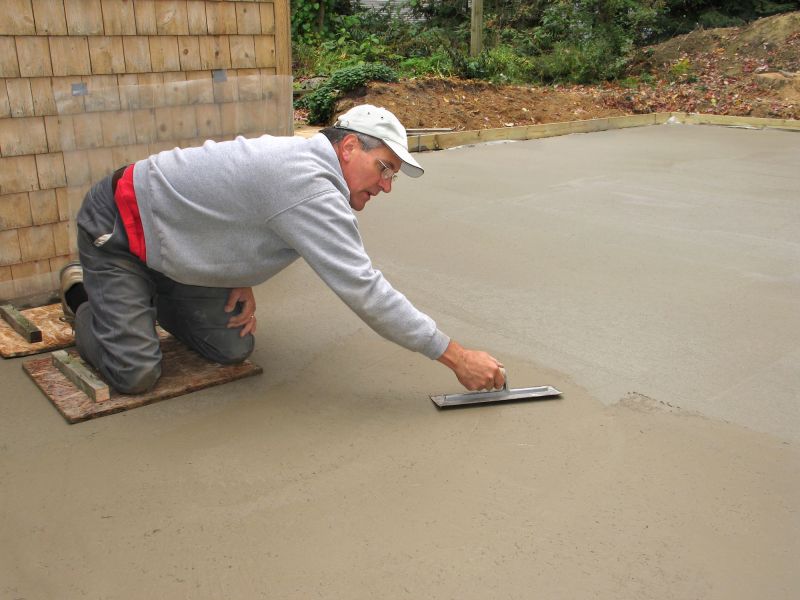
High-end options that actually feel worth it for Concrete Installations.

Finishes and colors that play nicely with Concrete Installations.
| Season | Temperature Range |
|---|---|
| Spring | 50°F to 70°F |
| Summer | 70°F to 85°F |
| Fall | 50°F to 70°F |
| Winter | Above freezing with heating measures |
Concrete installations require careful planning to ensure optimal curing conditions. Proper timing minimizes risks such as cracking, uneven setting, and reduced strength. Weather plays a significant role in the success of each project, and adjustments may be necessary based on forecasted conditions.

Concrete being poured during spring with ideal weather conditions.

Use of heating blankets to protect concrete during winter.

Concrete curing under warm summer sun.

Preparing for concrete installation in autumn.
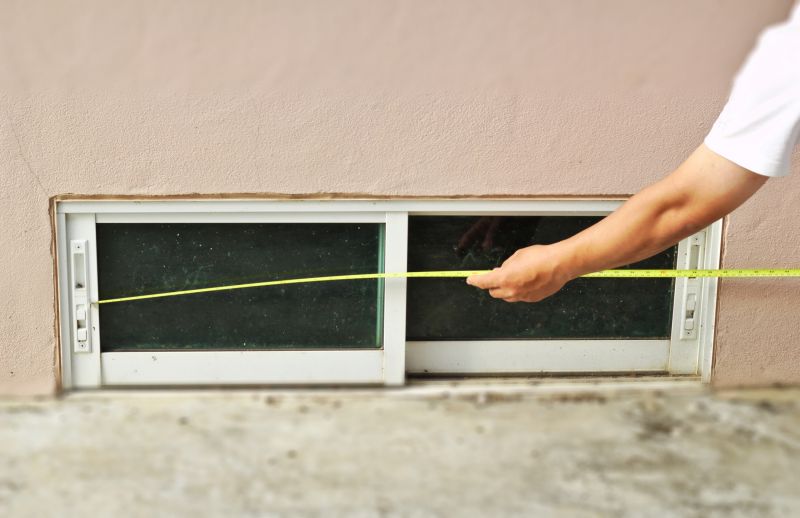
Little measurements that prevent headaches on Concrete Installations day.
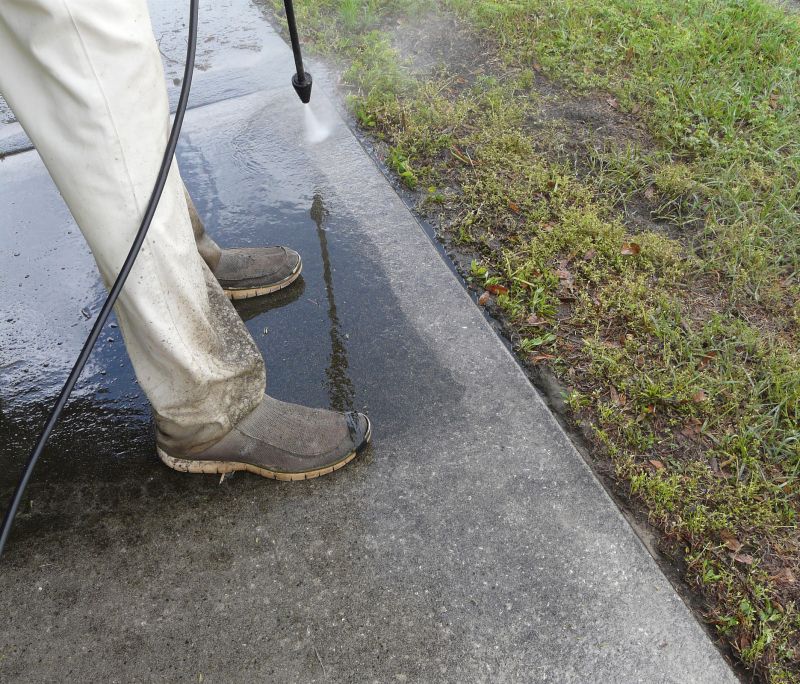
A 60-second routine that keeps Concrete Installations looking new.

A frequent mistake in Concrete Installations and how to dodge it.
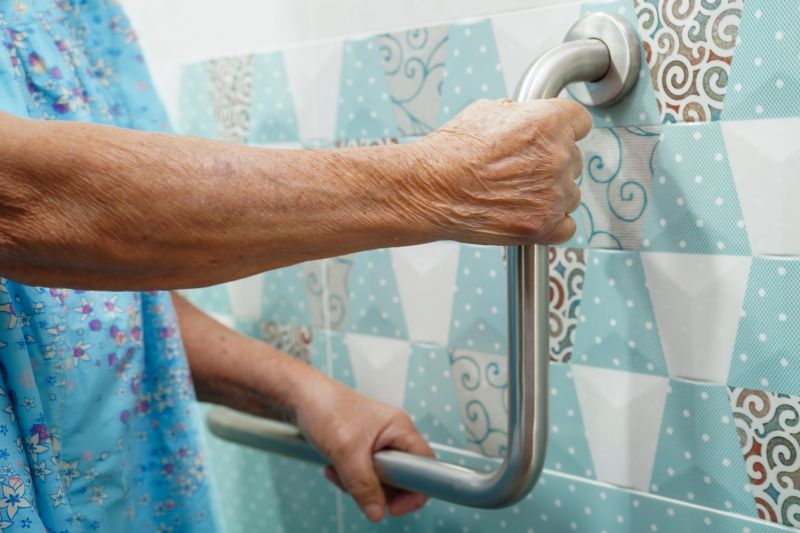
Small tweaks to make Concrete Installations safer and easier to use.
Understanding the optimal timing for concrete installation ensures the structure's durability and performance. Proper weather conditions during pouring and curing are essential for achieving high-quality results and long-lasting structures.
Interested in scheduling a concrete installation? Fill out the contact form to discuss options and availability.


